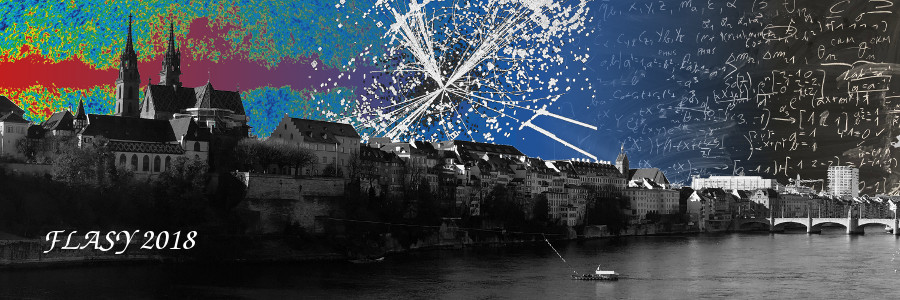Speaker
Description
We consider a version of the low-scale type I seesaw mechanism for generating small neutrino masses, as an alternative to the standard seesaw scenario. It involves two right-handed (RH) neutrinos $\nu_{1R}$ and $\nu_{2R}$ having a Majorana mass term with mass $M$, which conserves the lepton charge $L$. The RH neutrino $\nu_{2R}$ has lepton-charge conserving Yukawa couplings $g_{\ell 2}$ to the lepton and Higgs doublet fields, while small lepton-charge breaking effects are assumed to induce tiny lepton-charge violating Yukawa couplings $g_{\ell 1}$ for $\nu_{1R}$, $l=e,\mu,\tau$. In this approach the smallness of neutrino masses is related to the smallness of the Yukawa coupling of $\nu_{1R}$ and not to the large value of $M$: the RH neutrinos can have masses in the few GeV to a few TeV range. The Yukawa couplings $|g_{\ell 2}|$ can be much larger than $|g_{\ell 1}|$, of the order $|g_{\ell 2}| \sim 10^{-4} - 10^{-2}$, leading to interesting low-energy phenomenology. We consider a specific realisation of this scenario within the Froggatt-Nielsen approach to fermion masses. In this model the Dirac CP violation phase $\delta$ is predicted to have approximately one of the values $\delta \simeq \pi/4,\, 3\pi/4$, or $5\pi/4,\, 7\pi/4$, or to lie in a narrow interval around one of these values. The low-energy phenomenology of the considered low-scale seesaw scenario of neutrino mass generation is also briefly discussed.
